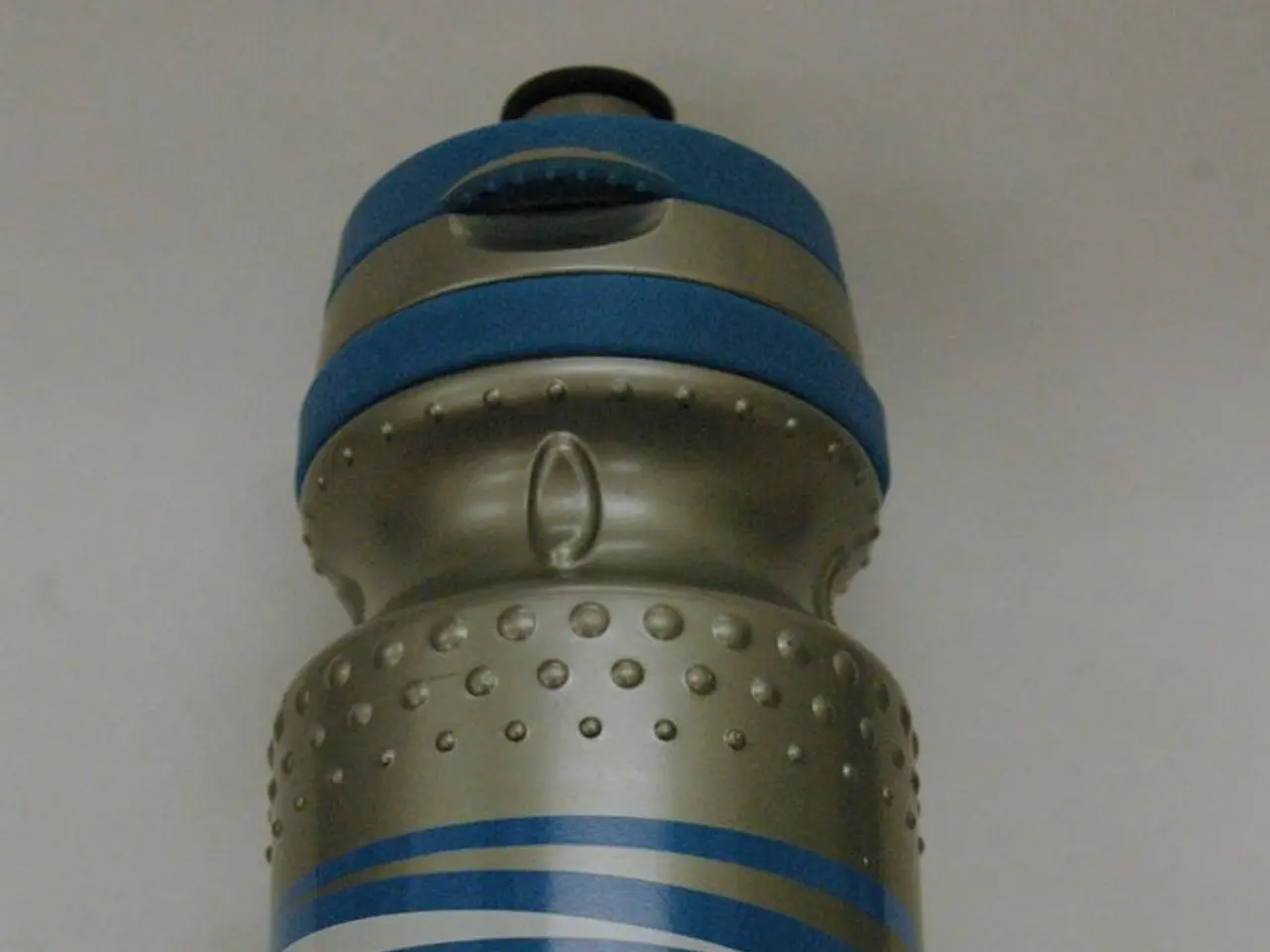Preventing Tungiasis through Shoe Use: An Examination
In tropical regions such as sub-Saharan Africa, South America, India, and Pakistan, a skin condition known as tungiasis has become a significant health concern. Caused by the burrowing of adult female sand fleas (Tunga penetrans), tungiasis is a painful, itchy rash that can lead to secondary bacterial infections and potentially life-threatening complications like tetanus, ulcers, and gangrene [1].
To combat this issue, effective preventative measures focus on interrupting the life cycle of the sand flea and reducing exposure to infested environments, with a particular emphasis on footwear use.
Wearing closed shoes is crucial as it physically prevents the sand fleas from penetrating the skin, which most commonly occurs through bare feet [1][2][5]. Closed shoes create a barrier that significantly lowers the risk of infestation. Other key preventive actions include maintaining good personal hygiene, especially regular cleaning of the feet, to remove eggs or larvae and prevent secondary infections [1][5].
Sealing floors in homes and schools, as dirt floors provide breeding grounds for the fleas, is another effective measure. Replacing dirt floors with solid, sealed surfaces reduces the incidence of tungiasis, particularly among children [1]. The use of plant-based repellents such as neem or coconut oil may provide some protection by repelling fleas [1].
Avoiding areas with high flea infestation and wearing protective clothing further reduces exposure. Community-wide health education and awareness campaigns are important to inform both individuals and communities about treatment options, prevention, and the role of animal reservoirs, addressing stigma and encouraging sustained preventative behavior [1].
In summary, footwear is a primary and effective measure to prevent tungiasis by stopping flea penetration on feet, complemented by hygiene, environmental improvements, repellents, and education to break transmission cycles [1][2][5].
It's essential to remember that tungiasis is more prevalent in children and the elderly, with its incidence declining during adolescence [3]. Regular hygiene practices must accompany footwear use for optimal protection against tungiasis. In hot and humid climates, wearing closed shoes for extended periods may cause discomfort, leading individuals to prefer open footwear or walking barefoot [4]. However, these choices increase the risk of tungiasis, making it crucial to prioritise protective measures.
References:
[1] World Health Organization. (2019). Tungiasis. Retrieved from https://www.who.int/news-room/fact-sheets/detail/tungiasis
[2] Centers for Disease Control and Prevention. (2021). Tungiasis. Retrieved from https://www.cdc.gov/parasites/tunga/index.html
[3] World Health Organization. (2018). Tungiasis - Epidemiology. Retrieved from https://www.who.int/news-room/fact-sheets/detail/tungiasis#tab=Tab1
[4] World Health Organization. (2019). Tungiasis - Prevention and Control. Retrieved from https://www.who.int/news-room/fact-sheets/detail/tungiasis#tab=Tab2
[5] World Health Organization. (2019). Tungiasis - Diagnosis and Treatment. Retrieved from https://www.who.int/news-room/fact-sheets/detail/tungiasis#tab=Tab3
- The health concern of tungiasis, a skin condition caused by sand fleas, can be addressed through effective therapy that includes preventing the life cycle of the flea and reducing exposure.
- In the realm of health and wellness, maintaining good personal hygiene and regular cleaning of the feet is crucial in preventing tungiasis, as it removes eggs or larvae and prevents secondary infections.
- To create an environment less favorable for the fleas, sealing floors in homes and schools, replacing dirt floors with solid, sealed surfaces, can help reduce the incidence of tungiasis, particularly among children.
- Beyond direct preventive measures, awareness campaigns about treatment options, prevention, and the role of animal reservoirs are essential in personal-finance terms, as they address stigma and encourage sustained preventative behavior.




